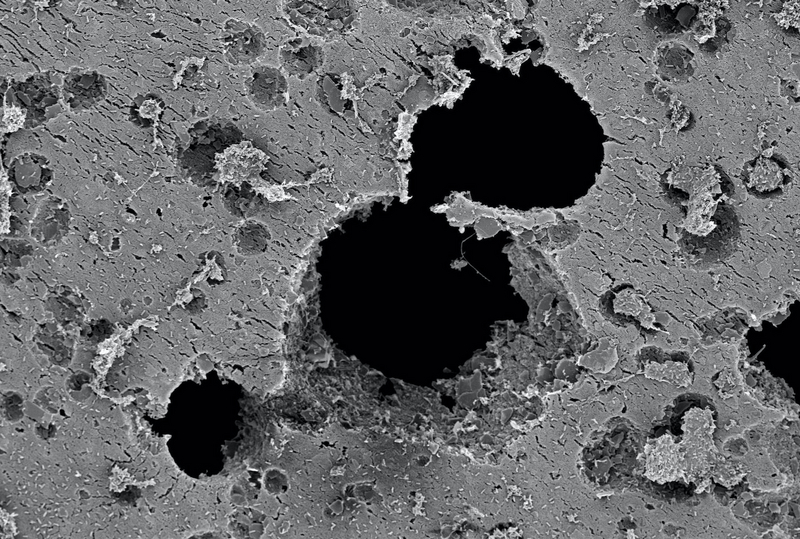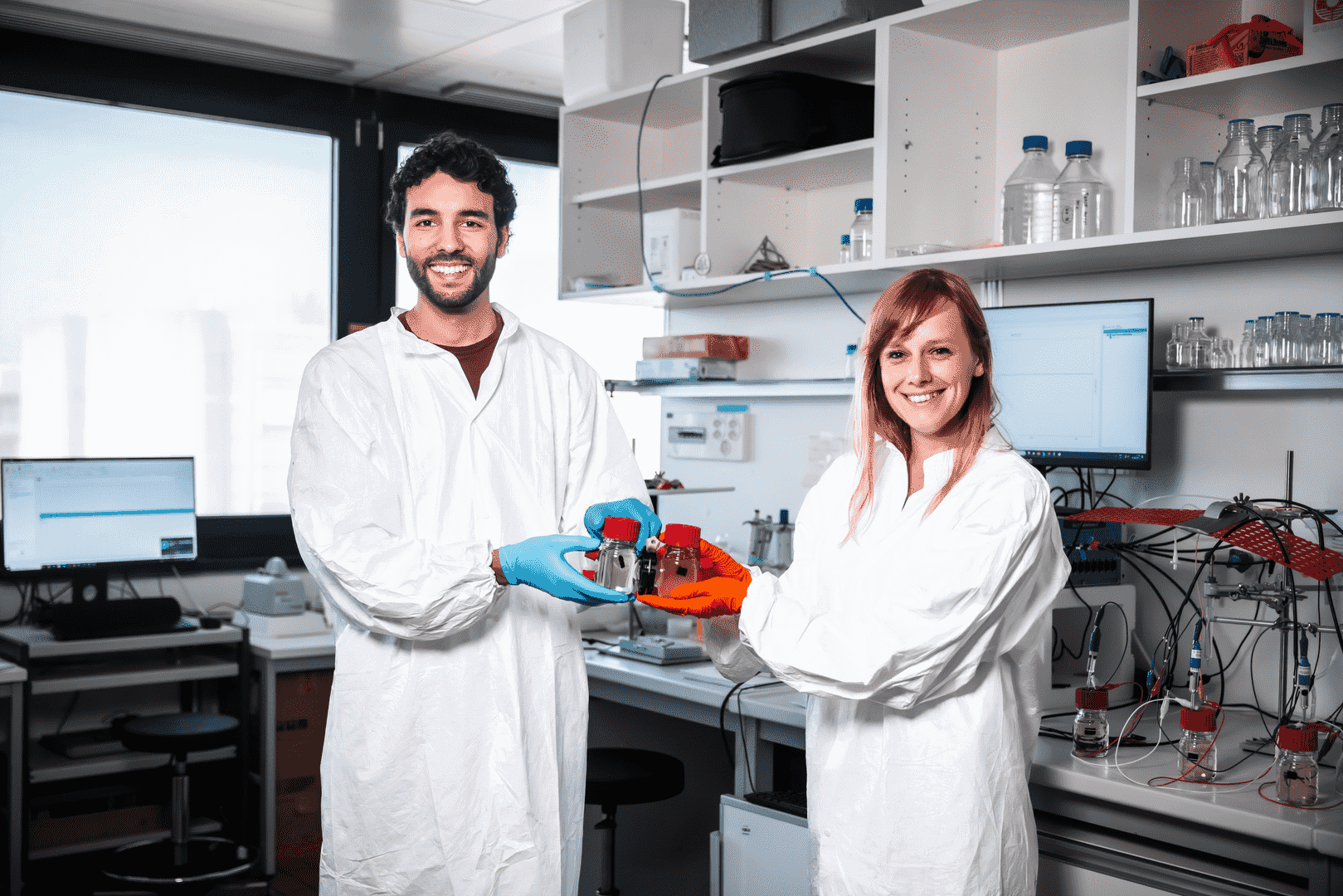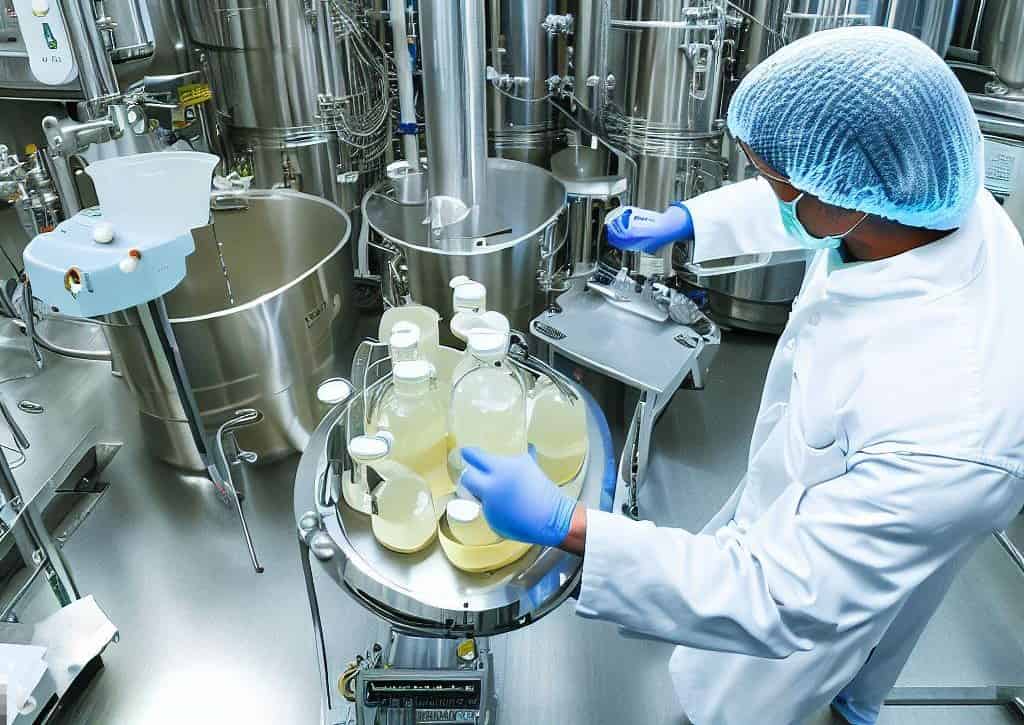
In general, it takes decades or even centuries for plastic to decompose. A plastic bag needs about ten to twenty years, while a PET bottle probably as much as 450 years. In the meantime, however, researchers are increasingly working on finding ways to accelerate this process. For example, British researchers have developed the enzyme PETase, which is able to break down PET twenty times faster. (New enzyme cocktail breaks down plastic waste six times faster). Others combat plastic waste with ‘molecular scissors.’ (Going after Plastic Garbage with “Molecular Scissors”).
Researchers working with Dr. Başak Öztürk from the DSMZ-German Collection of Microorganisms and Cell Cultures GmbH at the Leibniz Institute in Braunschweig have now carried out research into how marine microorganisms break down and recycle biodegradable plastic. In addition to the groups of bacteria involved in the degradation process, the scientists were also able to uncover a potential mechanism for breaking down these types of plastic.
Plastic as an environmental problem
Due to the ever-increasing demand for plastic, industry has for some time been responding to this growing environmental pollution by developing biodegradable plastic. In 2017, 350 million metric tons of plastic were produced worldwide. More than 70 percent of this has resurfaced as waste in the oceans.
Polybutylene adipate terephthalate (PBAT) is often used to manufacture plastic. It is very similar to the conventional plastic polyethylene (LD-PE) in terms of its properties but is also highly biodegradable. PBAT is used, for example, for packaging, garbage bags, or in agriculture for mulch sheets. The way in which PBAT is broken down by microorganisms in the soil has already been well researched. Yet it is still largely unclear as to how decomposition takes place in the aquatic environment and whether, for example, marine bacteria can use these decomposed products as a food source.
Cooperation amongst different bacteria in the breakdown of plastic
The researchers at the DSMZ were now able to prove through their study that different bacteria from the groups alpha-proteobacteria, gamma-proteobacteria, flavobacteria, and actinobacteria all have a part to play in the breakdown of PBAT. “Our first experiments demonstrated that a biofilm is formed on the plastic within the first three days; the first holes were apparent after six days,” explains Dr. Ingid Meyer Cifuentes, Postdoc at the Leibniz Institute DSMZ and first author of the publication. The bacteria community had been able to break down the plastic within 15 to 20 days. The various bacteria used the decomposed substances of PBAT as a source of carbon for their metabolism. In total, the bacteria converted around 60 percent of the carbon present in the plastic into CO2.
Subsequent results of the experiments showed that the initial decomposition process of the plastic takes place within the biofilm. The resultant degradation by-products would then be broken down further both by the biofilm’s bacterial community and by the free-floating bacteria in the immediate vicinity, the scientists explained. The degradation of the plastic is therefore a synergistic achievement. “The degradation process we investigated in the lab is probably a bit different to that in the ocean,” notes microbiologist and head of the study Başak Öztürk. “However, our findings clearly indicate that the degradation of plastic in a marine environment is similar to that observed in soil. In the long run, this knowledge could help science develop plastic with an even better organic degradability, and thereby make a significant contribution to the protection of the environment.”
The team has now published the results of their research in the internationally renowned journal Nature Communications (https://www.nature.com/articles/s41467-020-19583-2).
Title picture: Electron microscope image of holes (black) in plastic caused by bacterial degradation. © HZI/Rohde







